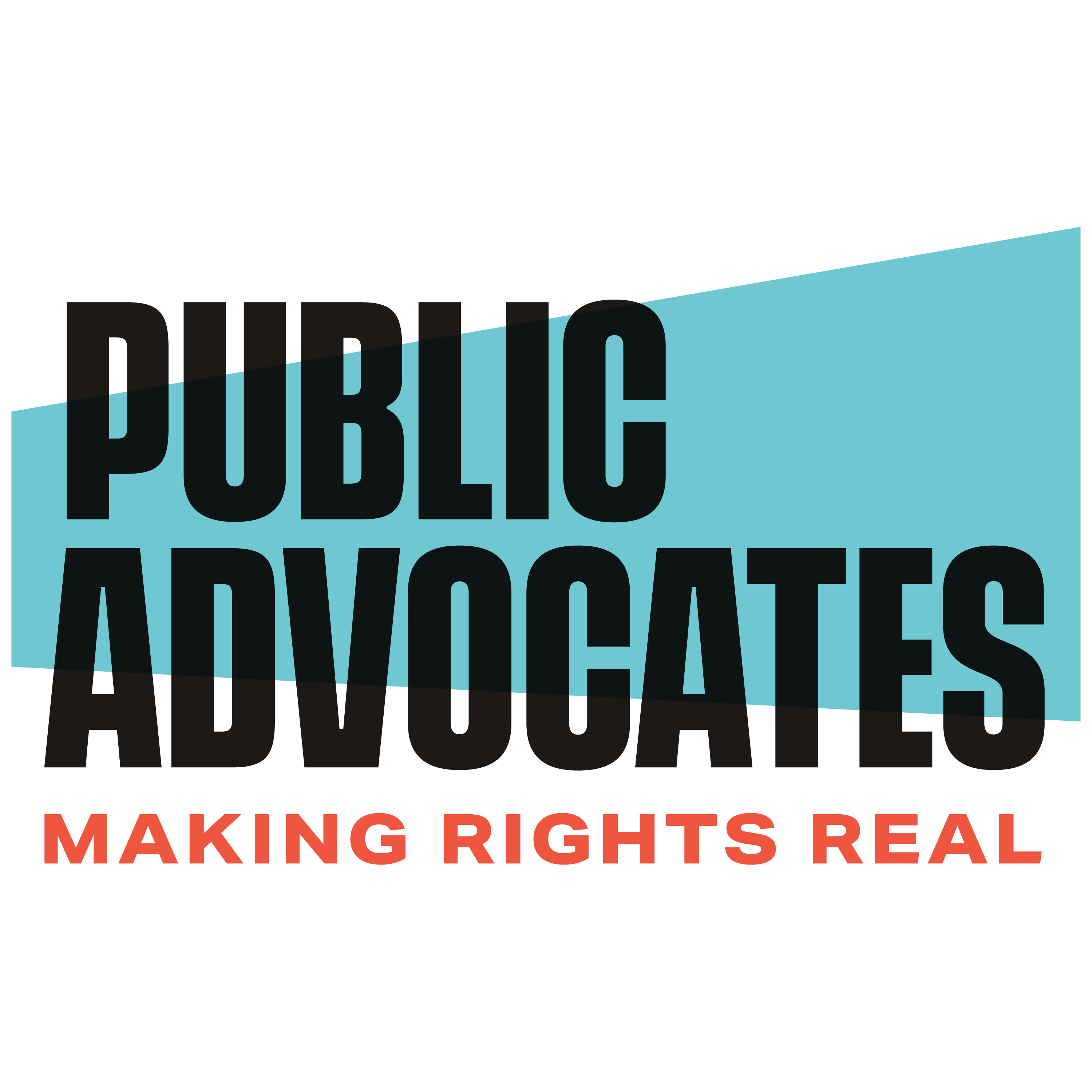
Bay Area Springs into Fair Housing Month by Addressing Segregation
By Staff Attorney Shajuti Hossain
April 12, 2021
Spring is in the air! Our forests and gardens are blooming again, reminding us that we should also reset and nourish our communities and ourselves. Unfortunately, many people in the Bay Area are unable to access the nourishing resources they need to thrive as the Bay Area is more racially segregated now than it was in 1970. Although our region has the seeds for diverse and innovative communities where people of different income and racial backgrounds can live, work, and thrive together, they haven’t received the care they need to flourish. The time is now for our cities and counties to dig in and replant the seeds to regrow a Bay Area where everyone can blossom.
The first step will be to weed out residential segregation and the insidious effects it has on so many communities in the Bay Area. Residential segregation stifles prosperity for lower income communities of color by enabling governments to hoard resources in predominantly white areas. The whiter communities tend to get the water and sunlight they need to thrive, but the others are left to dry out. This severely limits housing options and access to resources for people of color, particularly those with lower incomes, as the weeds of segregation have been choking them out for too long.
There is cause for hope: after decades of advocacy by the most impacted Bay Area residents, our regional planning agency is FINALLY releasing a draft housing plan this month that takes into account and seeks to address racial segregation. In other words, it is mapping out those weeds and making a plan to take them out once and for all. This is a HUGE step forward along a long road to justice!
April is an especially great time for this big step, because it’s Fair Housing Month. On April 11, 1968, U.S. Congress passed the Fair Housing Act, requiring states to actively undo racial segregation. Fifty years later, Public Advocates and our partners helped make this a requirement under California law in 2018. This state law gave us the fertile soil we needed for our advocacy with regional and local elected officials.
For decades, Public Advocates and our housing justice partners have been urging all levels of government to weed out racial segregation with two main tools. One tool is to invest more public resources in neighborhoods of color that existing residents need while making sure they have tenant protections to stay there if they choose. This enables them to thrive on their own terms and recognizes their inherent value and resiliency. Neighborhoods of color might already have the cultural and familial resources they need, but are parched for financial resources. When resources do come to disinvested neighborhoods, they are too often fertilizer for exotic new plants, rather than nourishment for those already rooted in the community: high end restaurants, fancy sports clubs, and luxury housing. These can attract new, wealthier and whiter residents to move in and plant the seeds for gentrification and displacement. They can raise rents and cost of living, while failing to meet the needs of lower-income Black and Latinx families.
A second tool is to increase the number of affordable homes in the predominantly white and/or wealthy suburbs, allowing lower-income residents (who are disproportionately Black and Latinx) to move there if they choose. These are places that are already blooming with a high level of resources, such as well-funded public schools, public transit, access to good-paying jobs, healthcare, and affordable grocery stores. Our recent win on the regional housing plan uses this tool by requiring many whiter and wealthier suburbs to plan for more affordable housing than they ever have before. Instead of keeping lower-income residents of color out, they will be required to give them an option to live there.
These two tools only work when governments use them: (1) in-tandem, (2) to explicitly dismantle racial segregation and disparities, AND (3) to continously engage with and respond to the most impacted residents to be sure their needs are met.
Governments must use them in-tandem to ensure that everyone can choose whether to stay or move based on their individual needs, rather than having those decisions forced on them by structural inequities. Analysis of racial segregation and disparities must be explicit because you need to know what kinds of weeds you’re dealing with and where they are before your plants can actually benefit from the water and sunlight you give them!
When I started working at Public Advocates only a couple of years ago, Bay Area elected leaders would either ignore or dance around our region’s racial segregation without naming it. Things have changed a bit since then as the pandemic’s disproportionate effects on Black and Latinx communities, the growing movements for Black lives, and bolder organizing against racism have made it much harder for elected officials to ignore systemic racism.
Our advocacy, coupled with our country’s reckoning with systemic racism, led to the Association of Bay Area Governments’ near unanimous decision to consider racial segregation across the region in its regional housing plan. I have been deeply engaged in this plan, the Regional Housing Needs Allocation (RHNA), with the 6 Wins for Social Equity Network and other affordable housing partners. I coordinated our advocacy over the last two years to demand that the plan require high-resource, predominantly white suburbs to make room for more affordable homes. This is a major step toward addressing racial segregation. Of course, more steps are needed at the state, regional, and local levels in coming years before this solution will be in full bloom for all to experience.
Nonetheless, our win at the regional level is momentous. It signals that many of our regional decision makers now recognize the long overdue need to plant a more racially just housing system. However, some exclusive cities are gearing up to fight back against this regional plan. We call on them to accept their fair share, talk to the most impacted residents, and get to work on meeting our dire housing needs. Now, more than ever, is the time to create race explicit solutions to race explicit problems.
Once this regional plan is complete this fall, cities and counties will be creating their local plans for how to meet their share of the region’s affordable housing need. Public Advocates will focus on ensuring that these local plans also weed out racial segregation and nourish the seeds for a fair housing system that allows all residents to blossom and grow.

